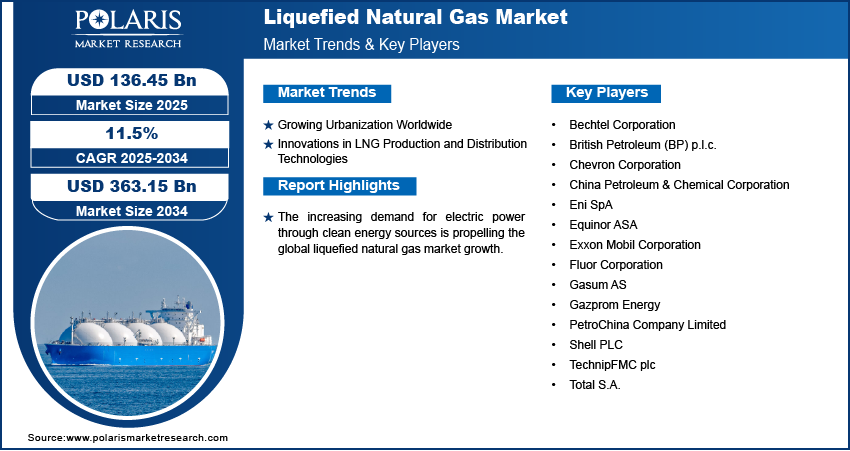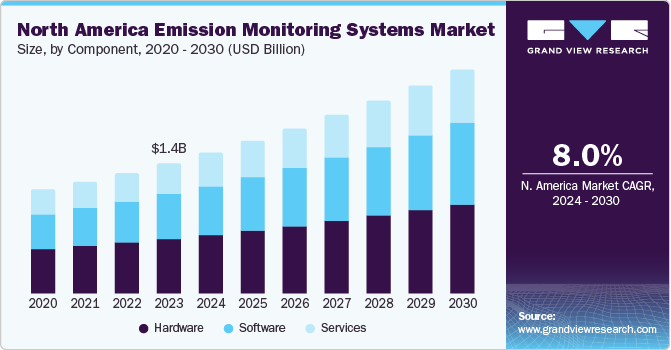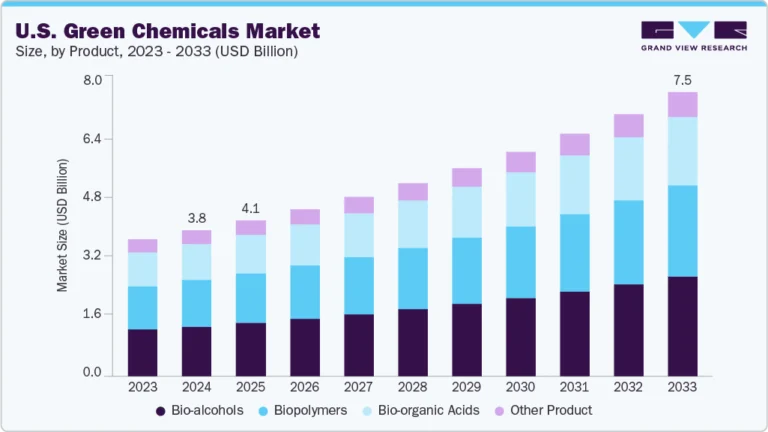Liquefied Natural Gas Market Witnesses Robust Growth Amid Global Energy Transition

The global liquefied natural gas (LNG) market is experiencing significant growth, driven by increasing demand for cleaner energy alternatives and rising energy consumption across emerging economies. As nations aim to reduce carbon emissions and transition away from coal and oil, LNG has emerged as a crucial component of global energy strategies. The market is projected to witness continued expansion due to advancements in liquefaction technologies, rising investments in infrastructure, and growing international trade.
LNG, created by cooling natural gas to a liquid state for storage and transportation, is gaining popularity due to its lower greenhouse gas emissions compared to traditional fossil fuels. It enables countries without pipeline connectivity to access natural gas and supports energy diversification and security.
The global liquefied natural gas market size was valued at USD 122.55 billion in 2024. The market is projected to grow from USD 136.45 billion in 2025 to USD 363.15 billion by 2034, exhibiting a CAGR of 11.5% during 2025–2034.
Liquefied Natural Gas (LNG) is natural gas that has been cooled to a liquid state at approximately −260°F (−162°C), significantly reducing its volume to nearly 1/600th of its original gaseous form. This transformation makes it highly efficient for storage and long-distance transportation, particularly in regions where pipeline infrastructure is lacking.
The global LNG market is experiencing strong growth, driven by the rising demand for electricity generated from cleaner energy sources. With its lower carbon emissions compared to coal and oil, LNG is becoming a preferred choice for nations aiming to reduce their environmental footprint while ensuring reliable energy supply. LNG also offers the advantage of flexible and rapid energy generation, making it ideal for supporting power grids during periods of low renewable energy output. As more countries transition from coal-based energy systems to more sustainable solutions, LNG is increasingly viewed as a critical bridge fuel—balancing environmental goals with energy security and operational efficiency.
Key Companies
Several major companies are shaping the competitive landscape of the LNG market. These include global energy leaders involved in liquefaction, shipping, regasification, and LNG infrastructure development. Their strategic partnerships, technological innovations, and long-term contracts are essential in meeting the increasing global demand for LNG.
Market Segmentation
By Application Outlook (Volume, Billion Tons; Revenue, USD Billion, 2020–2034)
- Transportation Fuel
- Power Generation
- Others
𝐆𝐞𝐭 𝐄𝐱𝐜𝐥𝐮𝐬𝐢𝐯𝐞 𝐒𝐚𝐦𝐩𝐥𝐞 𝐏𝐚𝐠𝐞𝐬 𝐨𝐟 𝐓𝐡𝐢𝐬 𝐑𝐞𝐩𝐨𝐫𝐭: https://www.polarismarketresearch.com/industry-analysis/liquefied-natural-gas-market/request-for-sample
Regional Analysis
North America is a leading region in LNG production and export, particularly the United States. The abundance of shale gas reserves and significant investments in liquefaction terminals have propelled the U.S. to the forefront of global LNG exports. The region continues to expand its infrastructure to meet growing international demand, especially from Asia and Europe.
Asia-Pacific holds the largest consumption share, with countries like China, Japan, South Korea, and India relying heavily on LNG imports. China’s clean energy initiatives and Japan’s energy security strategy drive consistent demand. India is investing in LNG terminals and pipeline networks to increase the share of gas in its energy mix.
Europe is experiencing rising LNG demand as it seeks to reduce reliance on pipeline gas from Russia and shift towards cleaner energy alternatives. Countries like Germany, France, and the UK are enhancing LNG import infrastructure, including floating storage regasification units (FSRUs), to ensure supply diversification.
Middle East & Africa continue to grow as key LNG suppliers, particularly Qatar, which is investing in capacity expansion to maintain its leadership in the global LNG market. Meanwhile, African nations like Mozambique and Nigeria are emerging as important players due to new gas field developments.
Conclusion
The liquefied natural gas industry is poised for continued growth as it plays a central role in the global shift toward low-carbon energy. Backed by robust infrastructure investments, favorable policy support, and expanding international trade, LNG will remain a key driver of global energy security and sustainability in the years ahead.






